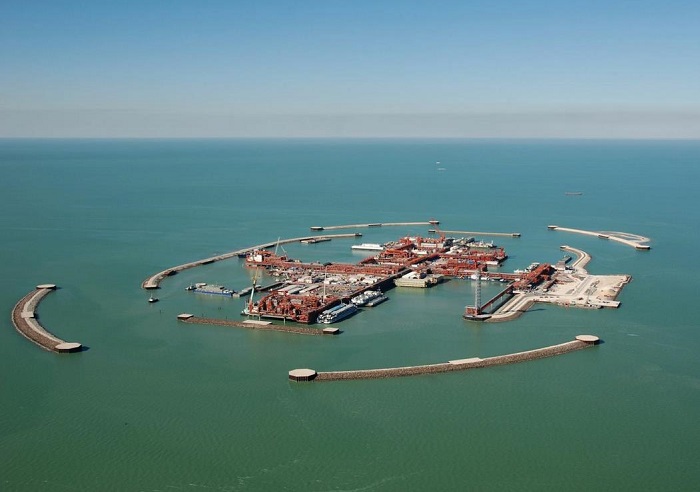The ministry reminded that creation of the Kazakhstan Caspian Transportation System (KCTS) is expected in the future for the export of increasing volumes of Kazakh oil, mainly from the Kashagan field.
The KCTS will consist of Yeskene-Kuryk oil pipeline in Kazakhstan and Trans-Caspian Oil Transport System, including an oil terminal on the Kazakh coast of the Caspian Sea, tankers and other vessels, an oil terminal on the Azerbaijani coast of the Caspian Sea and facilities connecting it to the Baku-Tbilisi-Ceyhan pipeline.
Further, oil will be transported to international markets through the Baku-Tbilisi-Ceyhan oil pipeline and/or other oil transportation systems located in the territory of Azerbaijan and other transit countries.
Currently, Kashagan oil is exported via pipelines of the Caspian Pipeline Consortium and the Kazakh national company KazTransOil.
The Energy Ministry noted that the capacity and stages of development of the KCTS will be determined based on the volume of oil production at the Kashagan field (phases 2 and 3).
It is planned to implement the project of the Trans-Caspian Oil Transport System, which is a part of the KCTS, on a parity basis (50/50) with Azerbaijan’s state oil company SOCAR in accordance with the terms of the previously signed contracts, the ministry said.
Previously, Azerbaijan’s Energy Minister Natig Aliyev said Kazakhstan will be able to daily export 150,000 barrels of Kashagan oil through the Baku-Tbilisi-Ceyhan pipeline.
Kashagan is a large oil and gas field in Kazakhstan, located in the north of the Caspian Sea. Its total oil reserves amount to 38 billion barrels. Some 10 billion out of them are recoverable reserves.
Kashagan’s natural gas reserve exceeds one trillion cubic meters.
More about:
















































